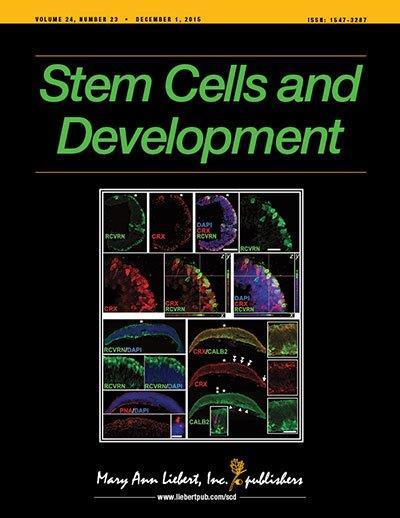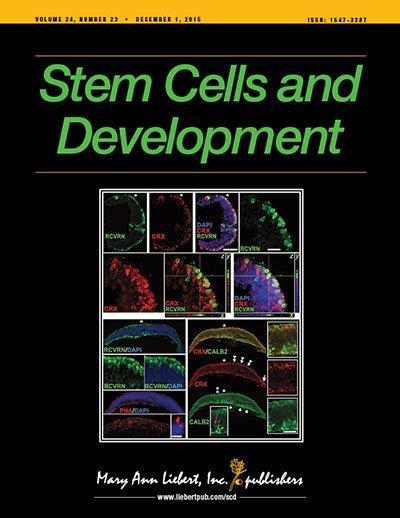
New Rochelle, NY, November 23, 2015–A study performed on the NASA Space Shuttle Discovery showed that exposure of mouse embryonic stem cells (mESCs) to microgravity inhibited their ability to differentiate and generate most cell lineages, needed for the development of bone, muscle, the immune system, and other organs and tissues. This inhibition of mESC differentiation could have significant implications for the field of human tissue engineering and the use of stem cells to regenerate adult tissues, as described in the study published in Stem Cells and Development, a peer-reviewed journal from Mary Ann Liebert, Inc., publishers. The article is available to download for free on the Stem Cells and Development website.
In the article "Microgravity Reduces the Differentiation and Regenerative Potential of Embryonic Stem Cells," Elizabeth Blaber and coauthors from NASA Ames Research Center (Moffett Field, CA) and University of New South Wales (Sydney, Australia) report the effects of mechanical unloading on stem cells during a 15-day period of exposure to microgravity. The researchers studied the differentiation potential of the mESCs using the embryoid body (EB) model, which models the differentiation of ESCs into embryonic tissue. The researchers discuss the close similarities between the EB model and adult stem cell-based tissue regeneration and the significance of their findings for regeneration of adult mammalian tissues.
"We have been privileged in the past to communicate papers that relate our authors' fine efforts to recreate the effects of space travel on stem cells and development. It is, therefore, a huge privilege to disseminate a paper that literally does use space travel to examine the effects in the NASA Space Tissue Loss experiment" says Editor-in-Chief Graham C. Parker, PhD, The Carman and Ann Adams Department of Pediatrics, Wayne State University School of Medicine, Detroit, MI.
###
About the Journal
Stem Cells and Development is an authoritative peer-reviewed journal published 24 times per year in print and online. The Journal is dedicated to communication and objective analysis of developments in the biology, characteristics, and therapeutic utility of stem cells, especially those of the hematopoietic system. A complete table of contents and free sample issue may be viewed on the Stem Cells and Development website.
About the Publisher
Mary Ann Liebert, Inc., publishers is a privately held, fully integrated media company known for establishing authoritative peer-reviewed journals in many promising areas of science and biomedical research, including Cellular Reprogramming, Tissue Engineering, and Human Gene Therapy. Its biotechnology trade magazine, Genetic Engineering & Biotechnology News (GEN), was the first in its field and is today the industry's most widely read publication worldwide. A complete list of the firm's 80 journals, books, and newsmagazines is available on the Mary Ann Liebert, Inc., publishers website.





